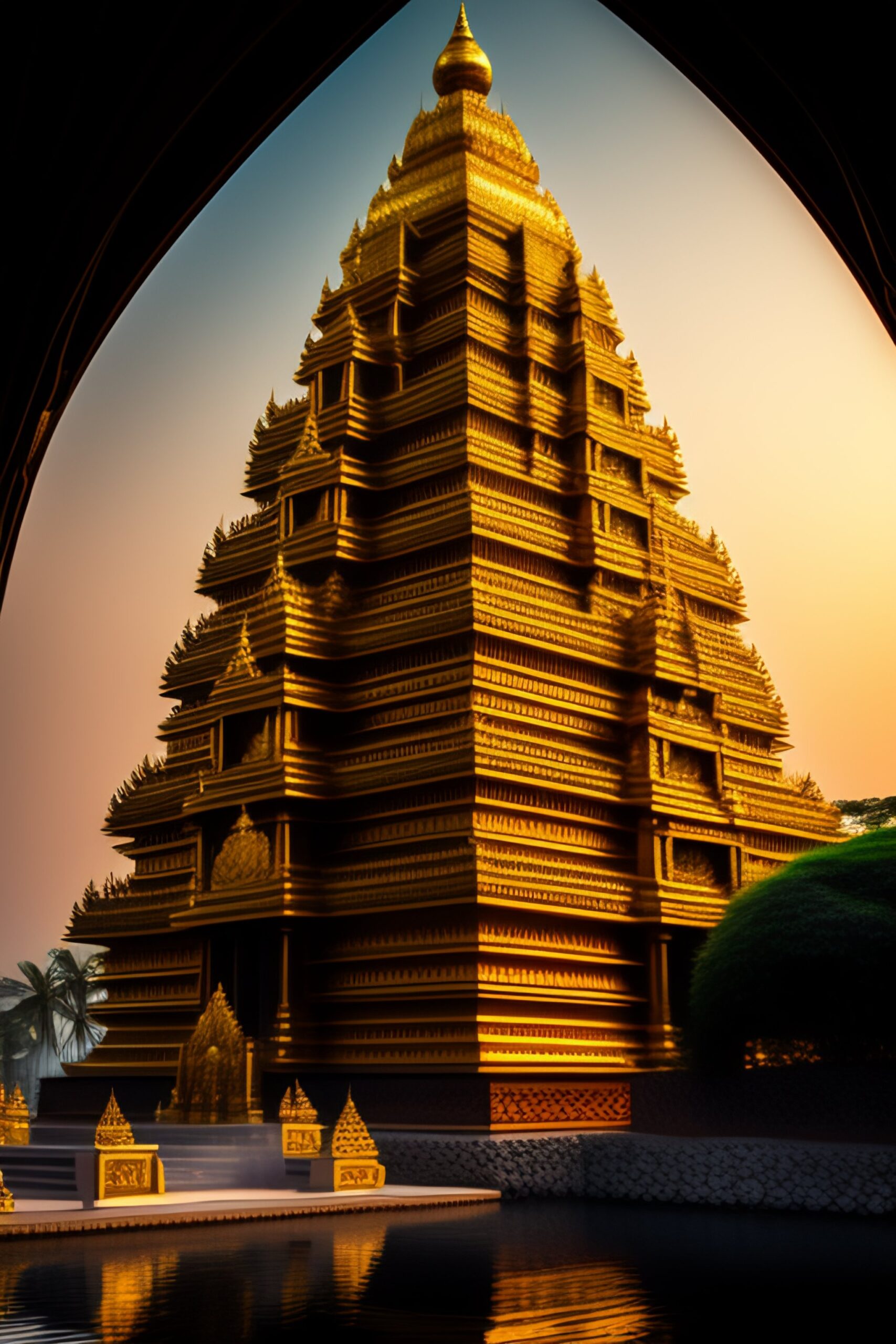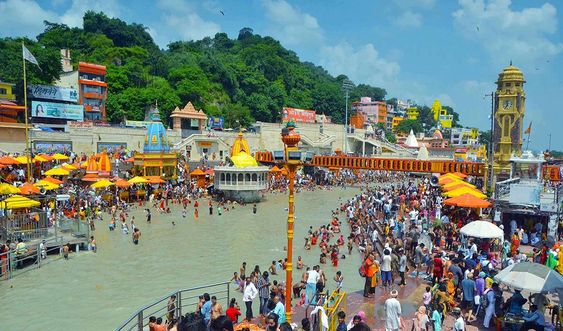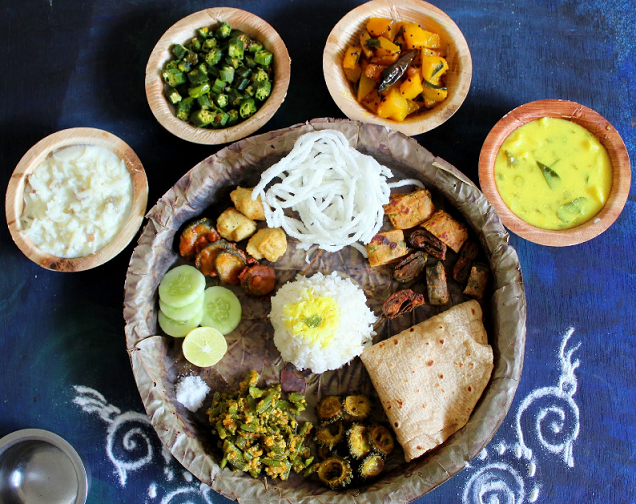Pitru Paksha, the fortnight dedicated to honoring one’s ancestors, is observed throughout India. However, the customs, traditions, and regional variations associated with Pitru Paksha may differ from one region to another due to cultural diversity and local beliefs. Here’s an overview of how Pitru Paksha is observed in different regions of India:
- North India:
- In North India, especially in states like Uttar Pradesh and Bihar, Pitru Paksha is commonly known as “Pitru Paksha Shraddha” or “Shraddha Paksha.”
- Families gather to perform rituals, including Tarpana (offering of water and sesame seeds) and Pinda Daan (offering of rice balls), at sacred riverbanks like the Ganges or at home.
- In some regions, people also observe “Kapala Moksha,” a ritual where a Brahmin priest symbolically liberates souls from a miniature skull made of wheat dough.
- West India (Maharashtra and Gujarat):
- In Maharashtra and parts of Gujarat, Pitru Paksha is observed with great reverence. It is known as “Pitru Shraddha” or “Mahalaya Shraddha.”
- Families perform the Tarpana ritual at riverbanks, temples, or at home, offering food, water, and prayers to their ancestors.
- Special meals and dishes, including favorite foods of the departed ancestors, are prepared and offered to Brahmin priests or offered symbolically to crows as a way to satisfy the souls.
- East India (Bengal and Odisha):
- In West Bengal and Odisha, Pitru Paksha is observed as “Mahalaya Paksha” and is associated with the culmination of the Durga Puja festival.
- Families offer Tarpana to their ancestors on the banks of the Ganges or other sacred rivers.
- It is believed that Goddess Durga descends to Earth during this time, and people offer prayers seeking her blessings and the blessings of their ancestors.
- South India:
- In South India, Pitru Paksha is referred to as “Mahalaya Amavasya” or “Avidhe Paksha.”
- Families perform Tarpana rituals on the banks of rivers or at home, offering food, water, and other offerings.
- In Kerala, it is common to observe “Karkidakam” or “Ramayana Masam” during Pitru Paksha, where people read the Ramayana and offer prayers for the deceased.
- Himalayan Region:
- In the Himalayan region, Pitru Paksha is observed with unique customs and rituals.
- In places like Uttarakhand, people perform Tarpana at holy rivers and also create symbolic representations of ancestors using grains and other materials.
- Western and Central India:
- In regions like Rajasthan, Madhya Pradesh, and parts of western India, families observe Pitru Paksha by performing Tarpana rituals at home or at local temples.
- The offerings and rituals may vary based on local customs and traditions.
While the core essence of Pitru Paksha remains consistent across India – honoring and seeking blessings for departed ancestors – the specific customs, rituals, and regional variations highlight the rich cultural diversity and heritage present in different parts of the country. Regardless of the region, Pitru Paksha serves as a time for families to come together, pay homage to their ancestors, and strengthen their bonds with the past and the future.


